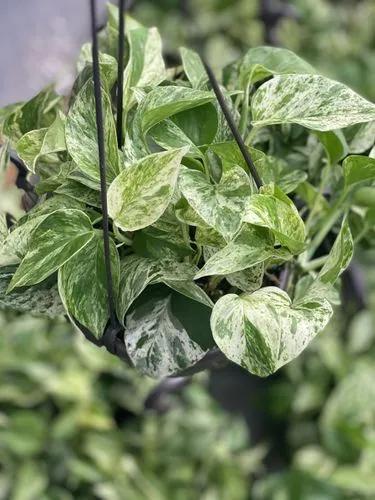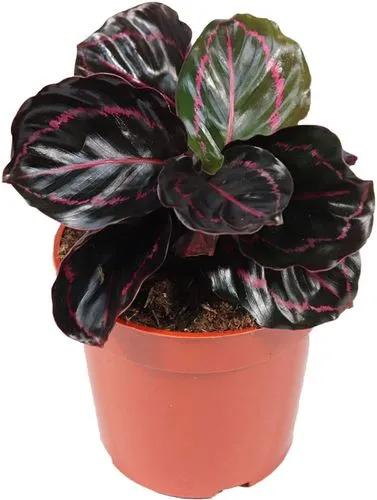Aloe Firebird is a gorgeous green succulent that forms rosettes of long, emerald green leaves, with small white speckles. This plant is a unique and intricate, the white and green colors create a beautiful contrast.
Aloe “fire Bird” Care
Aloe Hybrid 'firebird'



How to Care for the Plant

Water

As with other succulents, which store moisture inside their fleshy leaves, the tiger aloe will benefit from occasional watering only when the soil becomes dry to the touch. At that point, water deeply. An unglazed clay container will help regulate the moisture content. This mimics the rainfall that provides the plant's main source of water in its native habitats.

Pruning

As your tiger aloe goes through the growing season, it may shed leaves or the leaves may shrivel and dry. Remove these by simply gently cutting them off. You should also remove any leaves that become damaged.

Sunlight

In full sun, your tiger aloe may take on some reddish-brown coloring, adding to its vibrant beauty. But it is also happy in a partial sun setting. If the plant turns brownish-red quickly, give it some water as this can also be a sign of drought.

Soil

In its native habitats, tiger aloe plants flourish in rocky outcroppings. So they're not fussy at all about soil, except for requiring excellent drainage. A sandy, semi-dry loam mixture is perfect. Placing pebbles in the base of the container is a good method for ensuring drainage.

Temperature

The tiger aloe plant will not thrive in temperatures below 50F. Consistent temperatures between 65-75F are ideal. It doesn't like to be wet or to have moist soil, so apart from watering as needed, no additional indoor moisture is required. If you have your tiger aloe indoors, keep it away from your humidifier, kitchen or bathroom, and don't put it near other plant arrangements that have trays of water for added humidity.

Additional

In recent years aloe has been added to many nutritional products, but it's not recommended that you directly ingest this sap, and your pets shouldn't consume it either as it is toxic for them.

Popularity

24 people already have this plant 8 people have added this plant to their wishlists
Discover more plants with the list below
Popular articles






